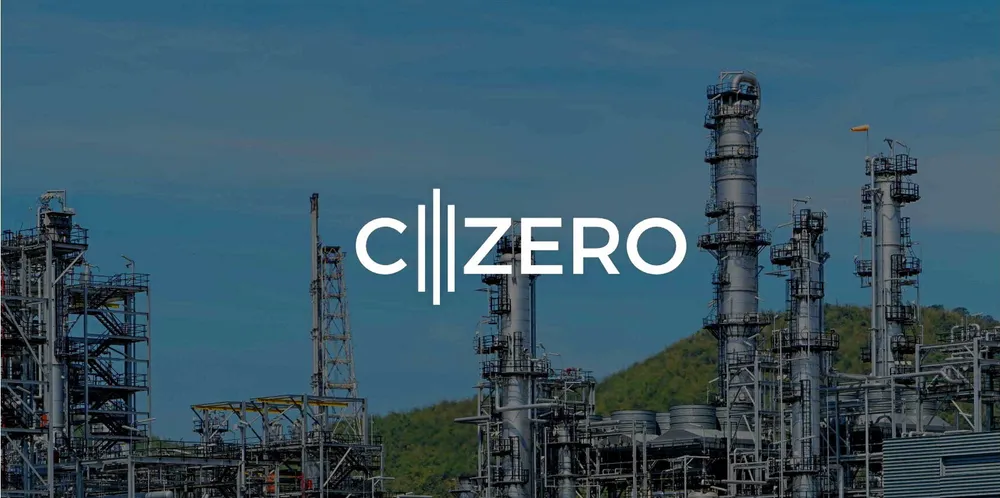US start-up to build turquoise-hydrogen pilot plant after securing funding from major energy players
C-Zero will split natural gas into hydrogen and solid carbon using a process known as pyrolysis

C-Zero will split natural gas into hydrogen and solid carbon using a process known as pyrolysis
